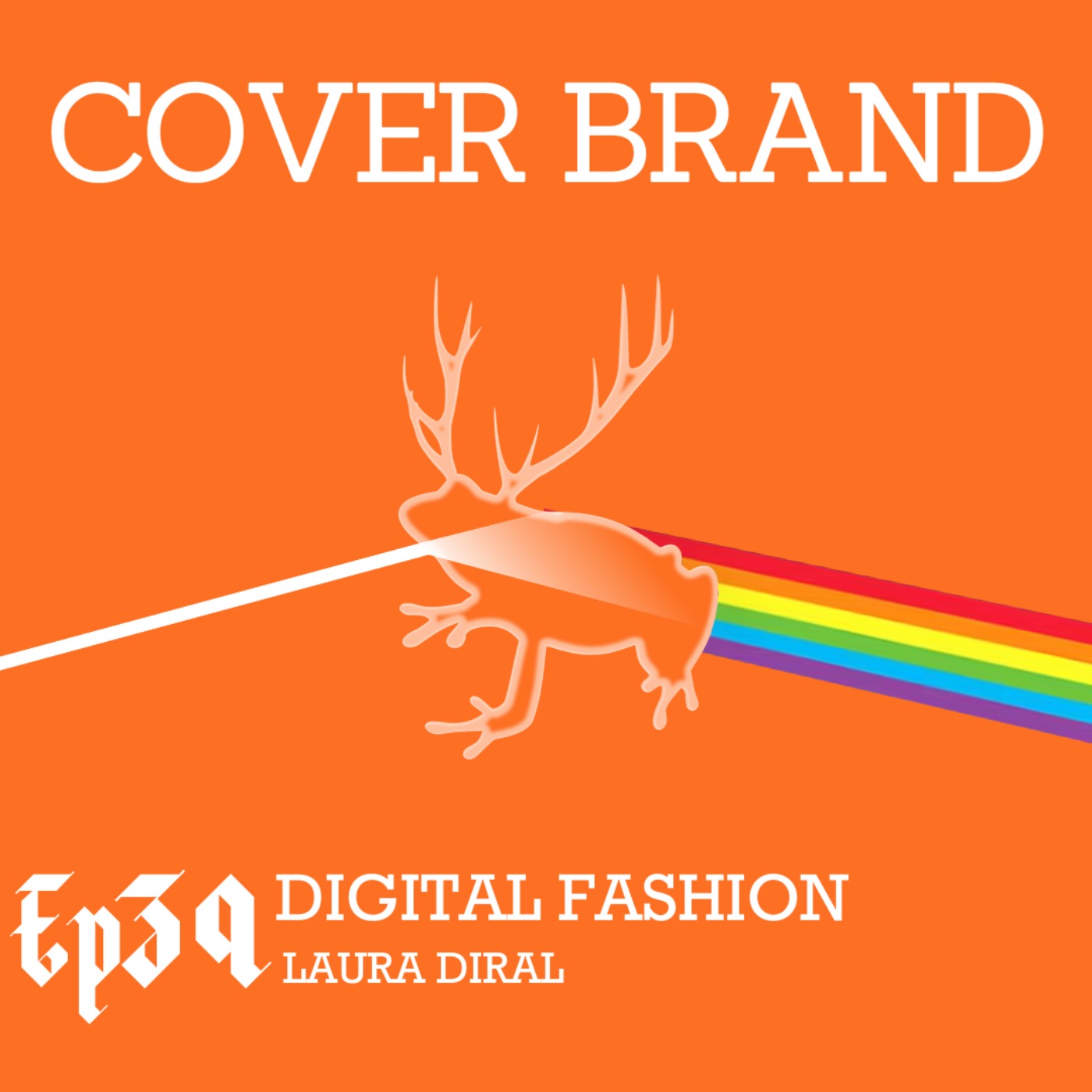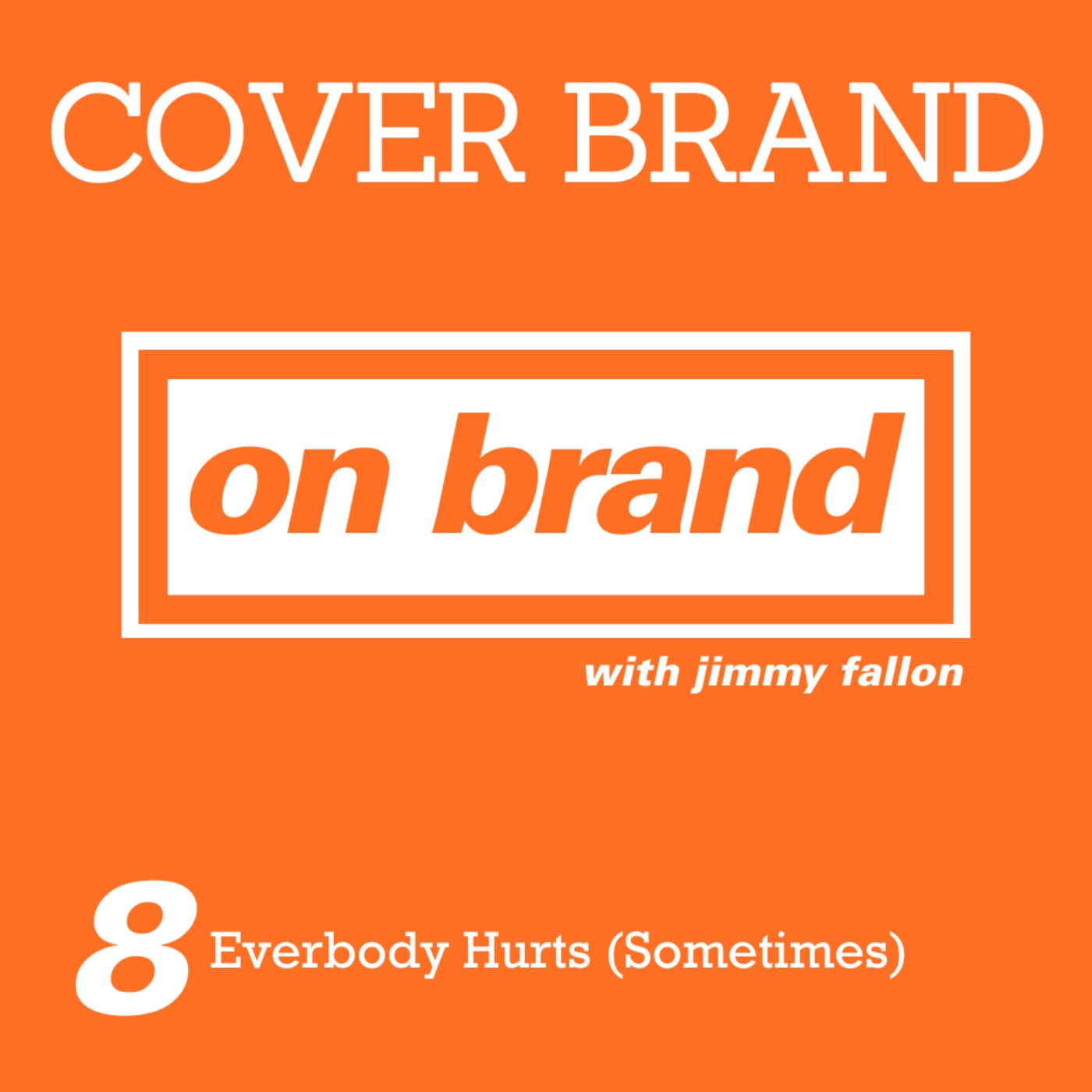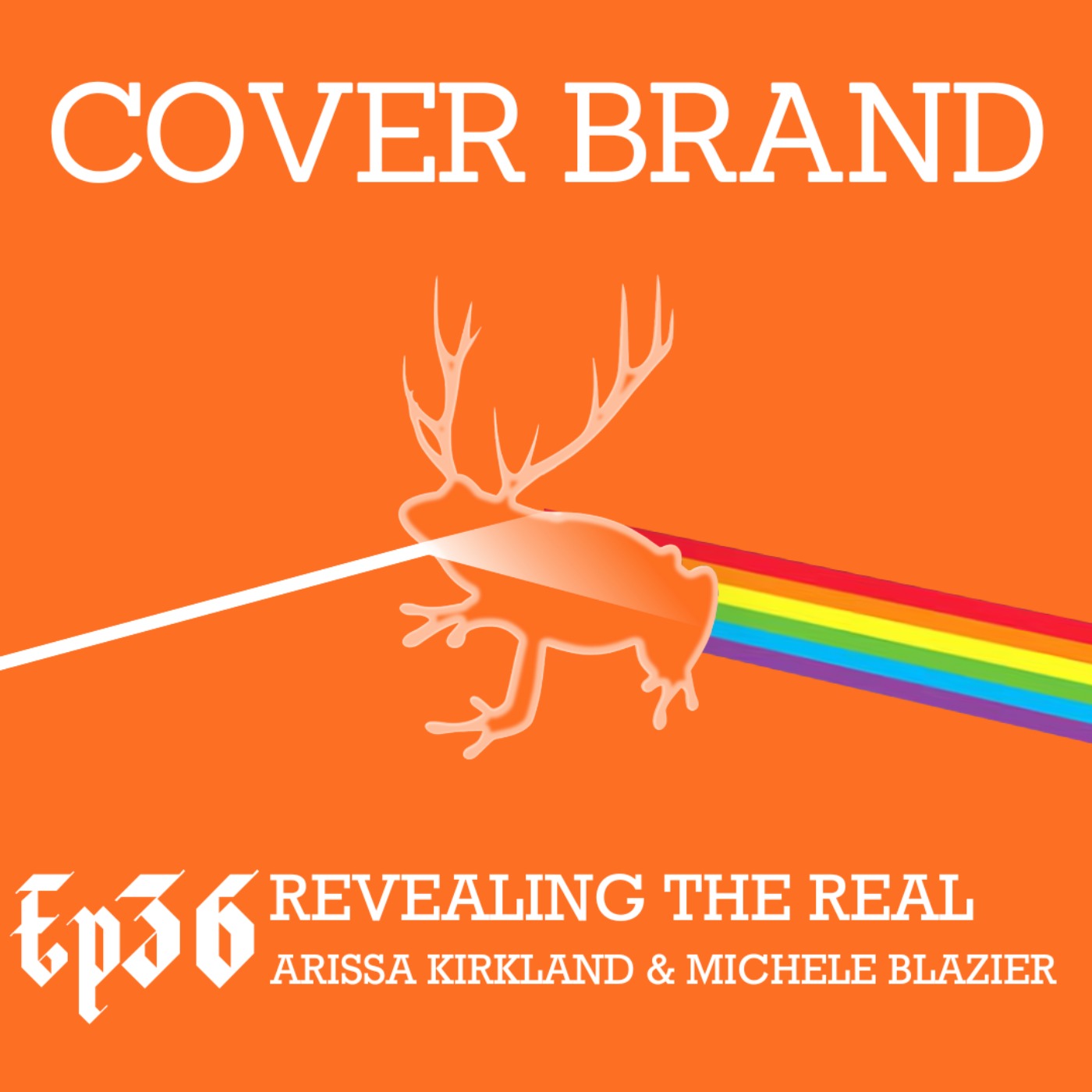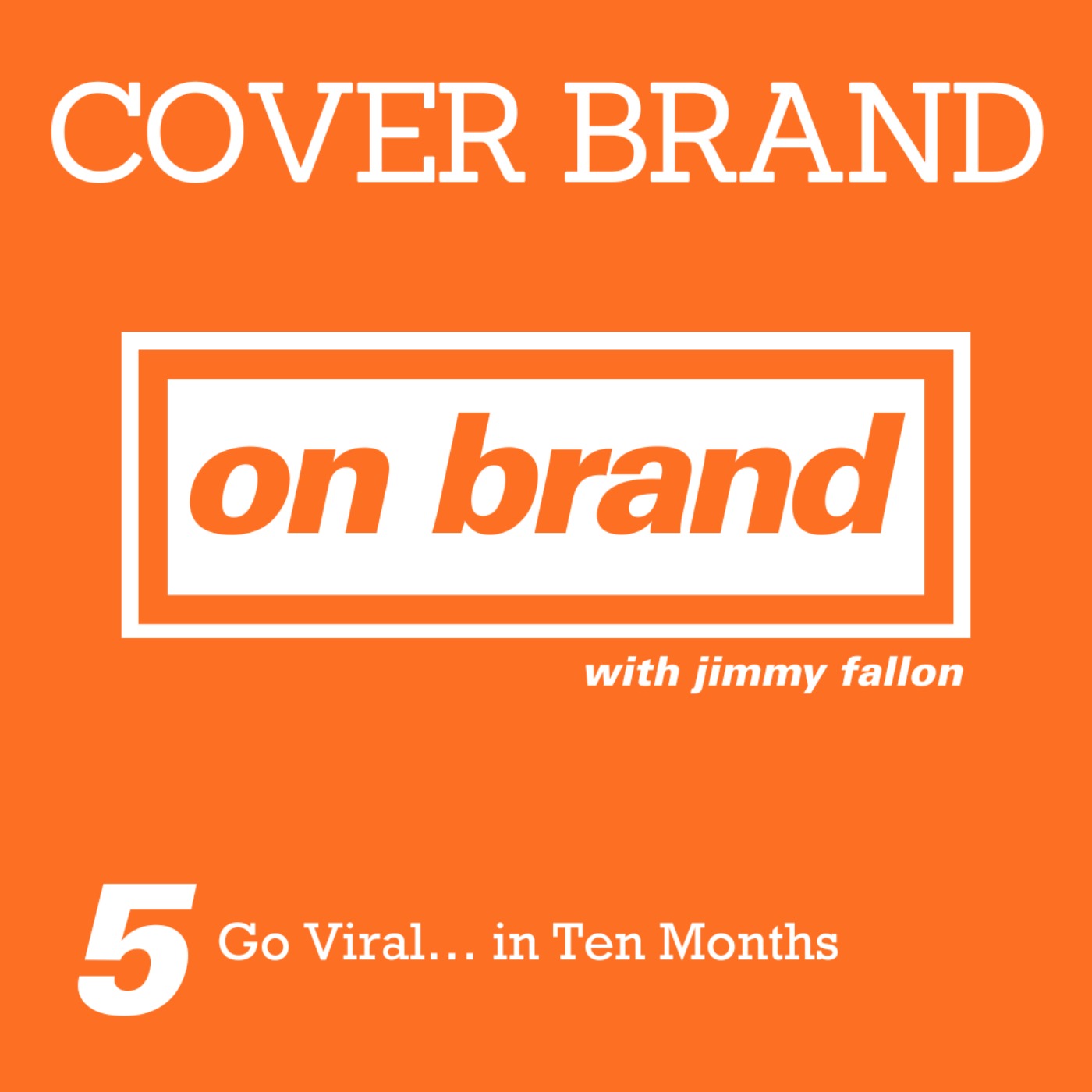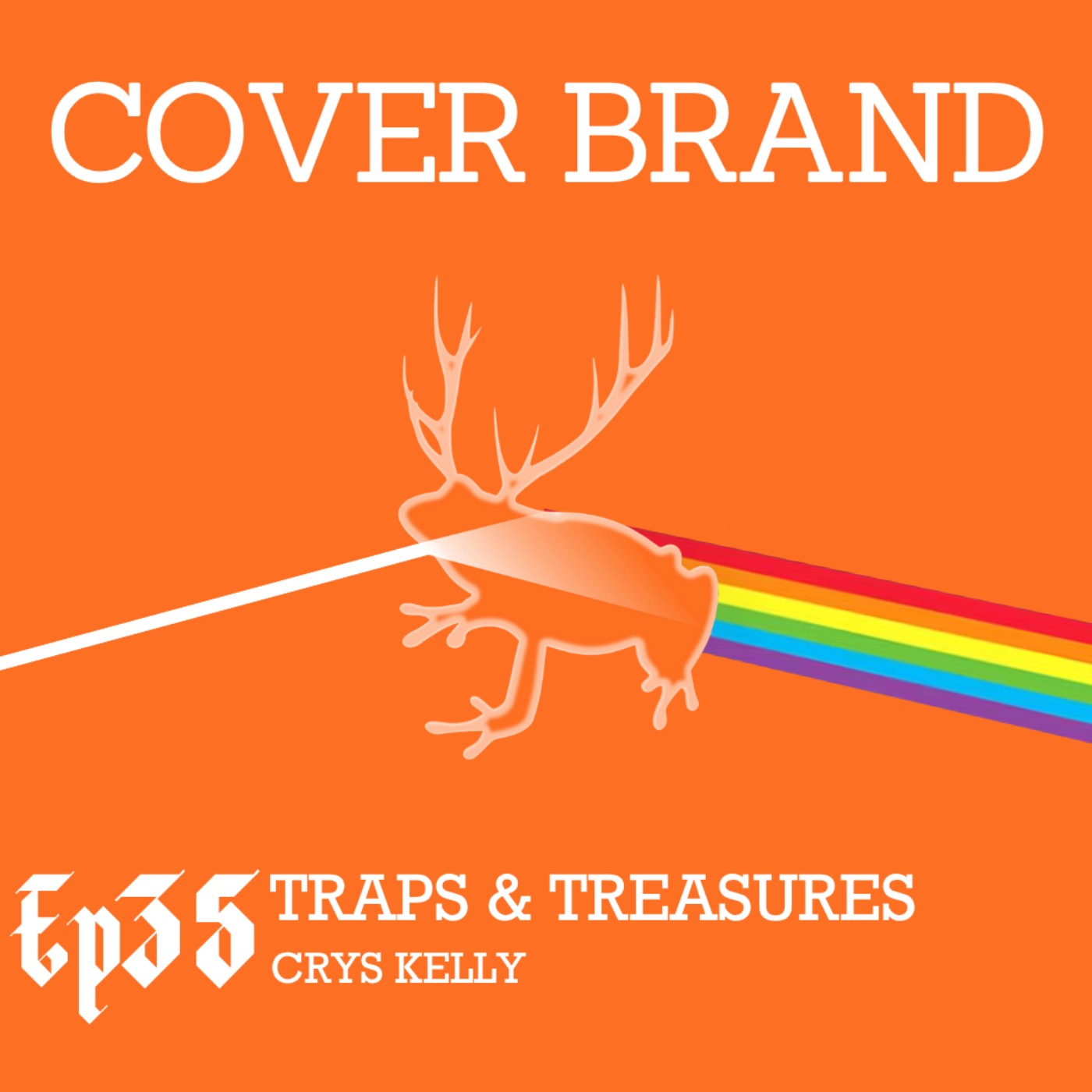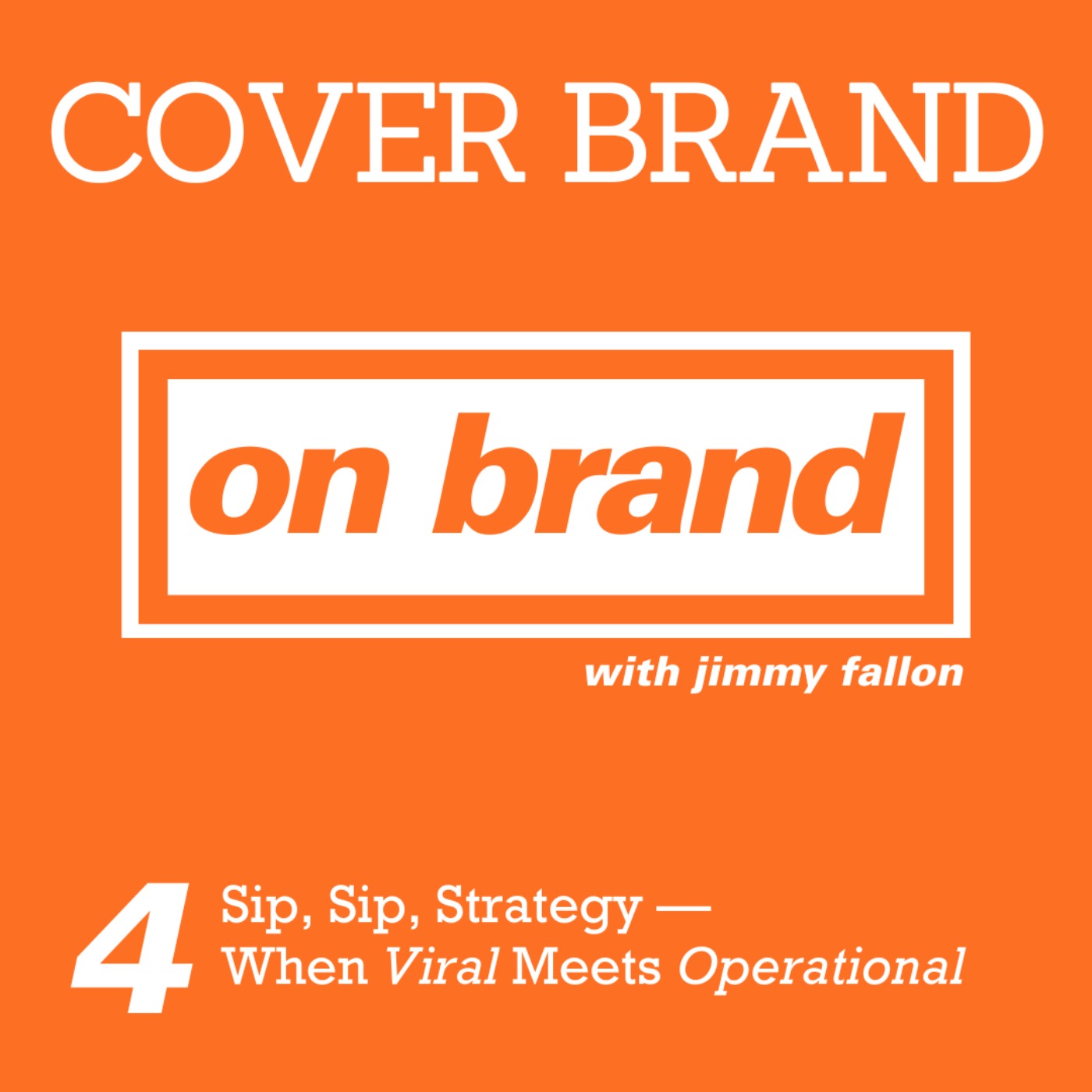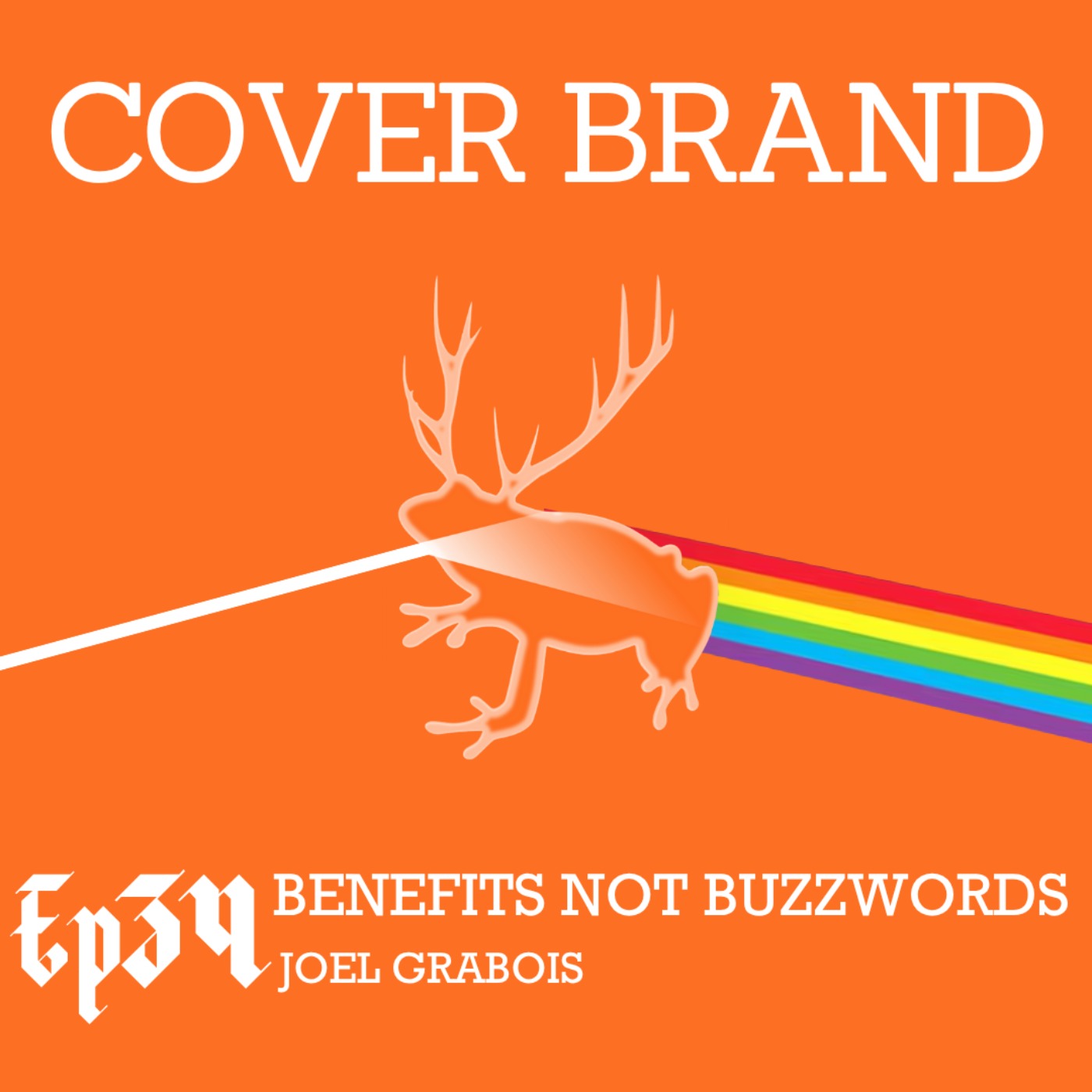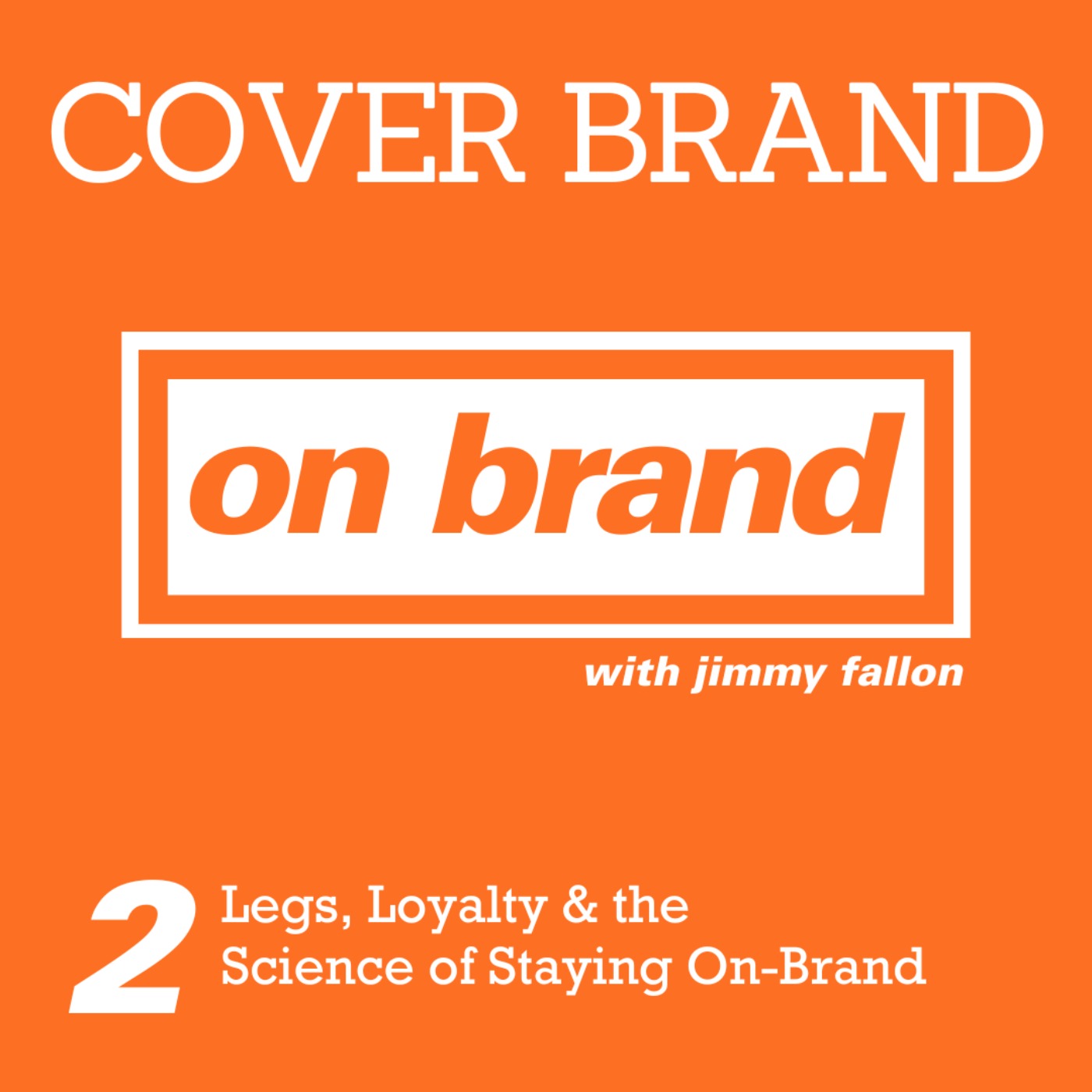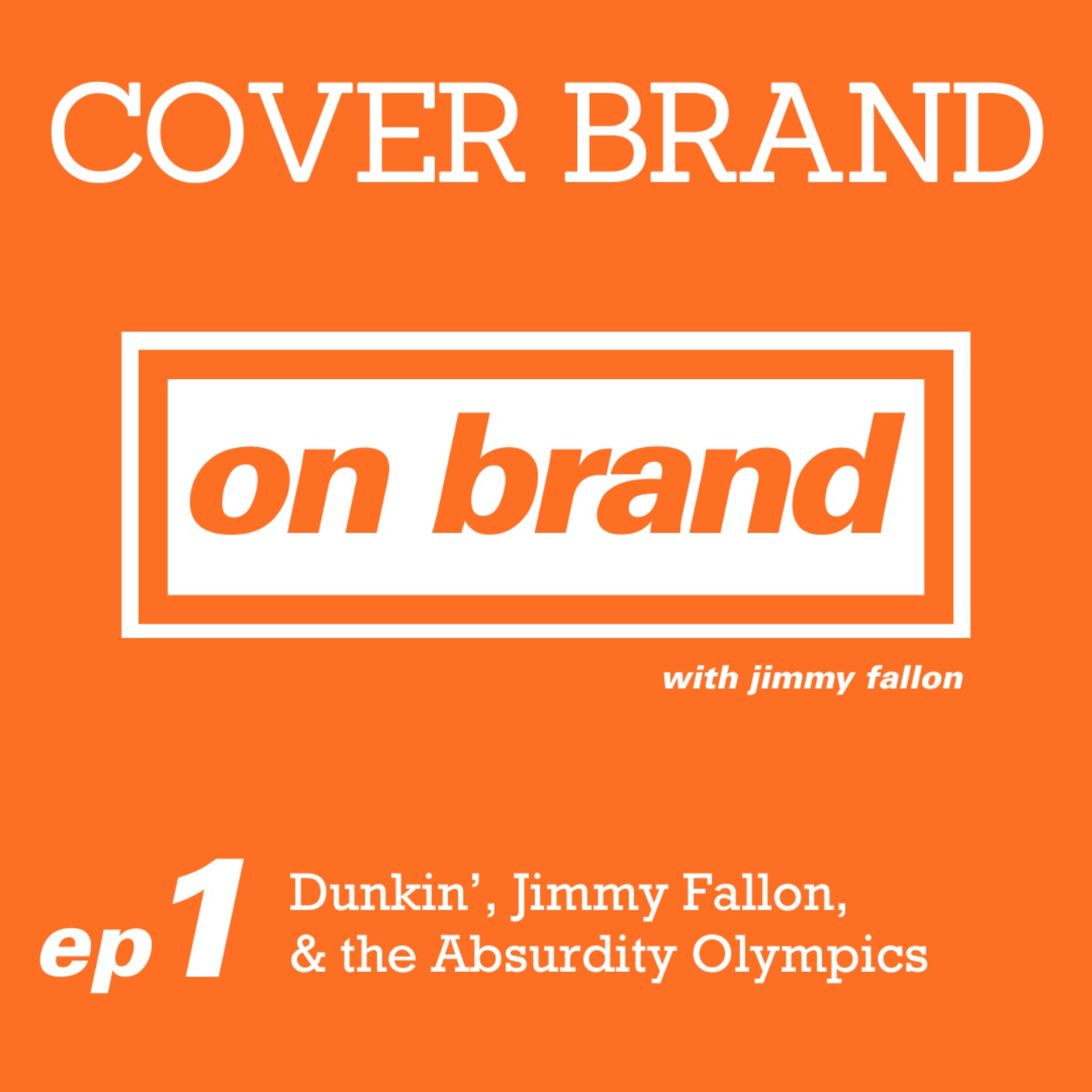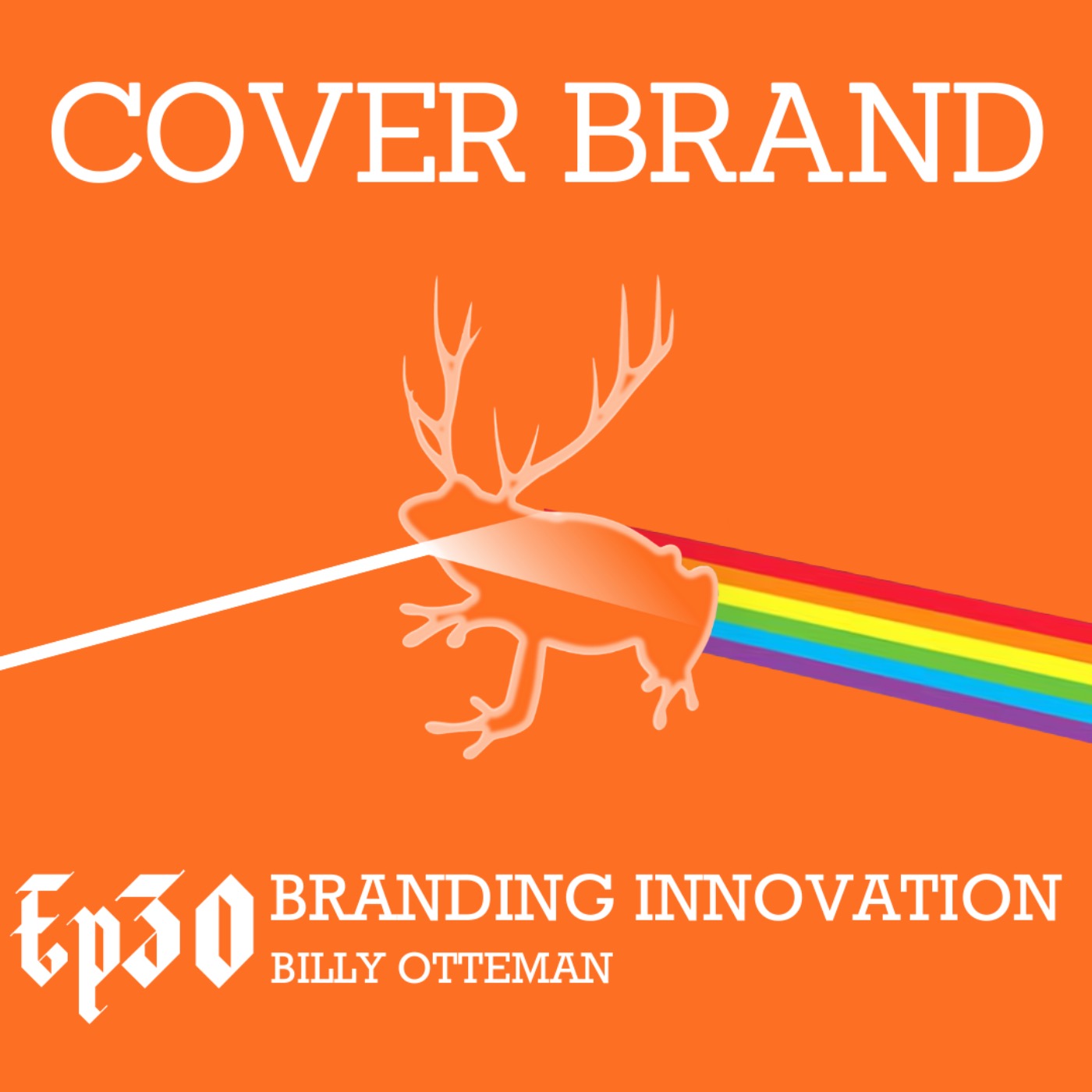We’re back with another special edition of Cover Brand Covers On Brand—where Ethan Decker and co-host Laura Dodds break down Jimmy Fallon’s reality-meets-marketing series On Brand. This week’s client? Marshalls, the off-price retailer trying to convince America that discount shopping can still feel designer.Together, Ethan and Laura unpack the creative chaos behind the Marshalls challenge: how do you sell “premium” without losing your value vibe? From GlamBots to pop-up closets, they explore what makes an activation actually on-brand, why some ideas shine on the runway but flop on the street, and how to balance creativity with client comfort zones.This Week;In this week’s On Brand breakdown, Ethan and Laura dive into Episode 3—where contestants pitch a “premium fashion” campaign for Marshalls. The brief? Showcase value and style, with a live Manhattan activation and digital billboard to match.The conversation covers why most discount brands look—and sound—the same, what happens when agencies chase cleverness over clarity, and how subtle cues (like lighting, color, and composition) can make a campaign click. Ethan drops some brand science along the way, explaining why availability often beats originality, why you don’t actually need a tagline, and how small differences (like a blue carpet vs. a glam cam) can shape perception in a big way.Main Topics Covered:The Marshalls brief: premium feel vs. value priceWhy similar brands (TJ Maxx, Ross, Burlington) blur together—and how to stand outThe real reason McDonald’s wins (hint: it’s not the burgers)Taglines: nice-to-have lever, not a lawHow customers really choose brands (spoiler: open hours > brand values)Mahari’s “Discover Your Style Closet” vs. Lauren’s “Spotlight Ready” GlamBotWhy simple photography beat flashy techThe psychology of risk-taking brands—and why Marshalls plays it safeWhen to explore, when to exploit (and why both matter for creative testing)Laura’s “Clueless Closet” activation—proof that 90s nostalgia never diesPremium Stickiness Award:Ryan’s “Lahmars” Boutique.A gutsy (and slightly dangerous) stunt that flipped perception: same clothes, different price, totally different value signal. Risky? Yes. Memorable? Also yes.Tune in for brand science, fashion drama, and a few dad jokes from the discount aisle. Subscribe to Cover Brand wherever you pod, and keep following this special On Brand mini-series as we decode what reality TV can teach us about real-world branding.Think of this as brand strategy with a side of reality TV popcorn. Subscribe to Cover Brand for this special On Brand series, and share it with your marketing friends who secretly binge reality TV “for research.”Descript used to create drafts and then edited with human eyes, ears and hands. Produced by BiCurean.com Hosted on Acast. See acast.com/privacy for more information.



